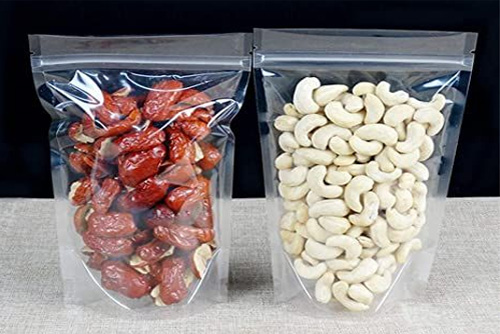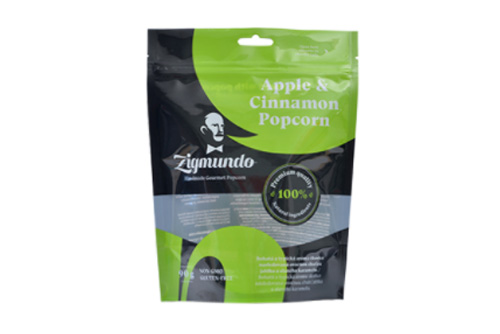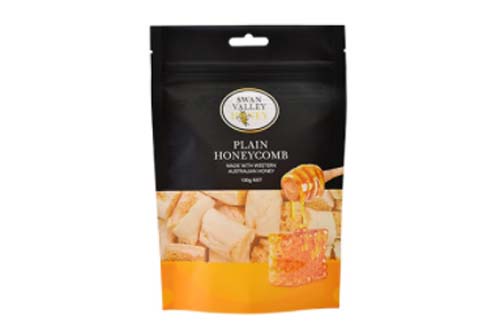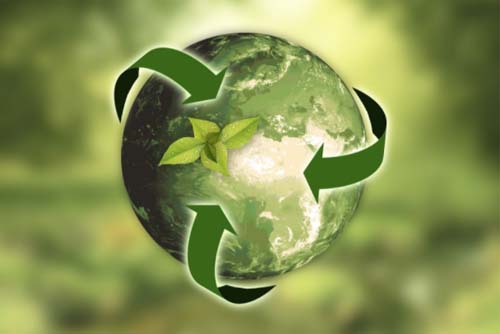
Source: Pixabay
Recycling has been the cornerstone of manufacturing for years now, ever since concerns for the environment starting cropping up. Ever since the industrial revolution kicked off, man has been consumed by the need to produce as much as he can to satisfy demands, imagined or real. In the process, many products with harmful effects on the environment have been unleashed into nature, wreaking havoc of untold proportions.
To counter this, flexible packaging manufacturers have had to find new ways of recycling plastic products and finding alternative ways that help ease the pressure off the ecosystem. The following are some of the best recycled packaging ideas that can be implemented now and in the future.
Table of Contents
Bioplastics
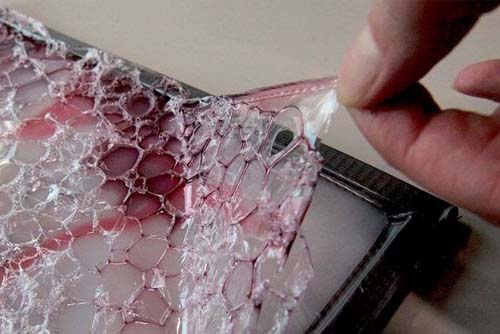
Source: Pinterest
Bioplastics are alternatives to plastics that almost look like plastics but are created from natural biomass sources that are replenishable like wheat, milk, or meat protein. The most common form of bioplastic is usually made using the thin inner film of animal skin in meat packaging industries. It is one of the least used parts of the animal, like the inner layer of skin that would otherwise go to the bin.
The process of turning it into bioplastic involves a boiling phase, which makes it more pliable and easy to deal with and convert into a continuous thin layer of material that can be used to fashion out packaging materials. Some of the reasons why this method has not become so widespread are the fact that not all of the bioplastics are biodegradable packaging materials; some are just as worse as plastic s once the necessary chemicals needed to process them are used.
Secondly, the process of manufacturing them is quite lengthy, expensive, and hard. You can imagine having to separate that thin layer of skin just to get enough materials for the packaging. However, with manufacturing technologies getting better every day, it is only a matter of time before this becomes a viable option.
Recycled Cotton
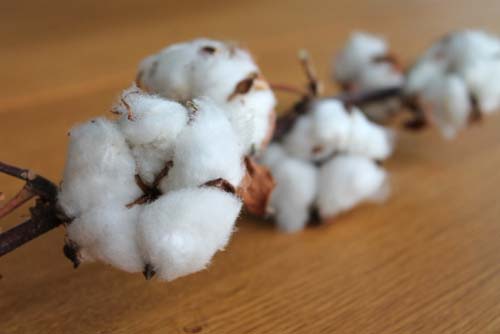
Source: Pixabay
Cotton is a natural plant that has been used for years to make clothes and other forms of fabrics that are used by human beings for their daily use. However, once these clothes and fabrics are discarded, they usually end up in landfills or burnt, producing toxic fumes that add to the growing amount of greenhouse gases. However, there’s a way to make them sustainable packaging solutions.
Recycled cotton can be used to create fabric-based packaging materials that can be used in various industries like cosmetics and other non-food related sectors.
Another way that recycled cotton can be put to use would be to shred it into small pieces and threads, which can be used to provide support as fillings for all kinds of sustainable packaging materials like cardboard boxes and corrugated bubble wraps.
Compostable Packaging
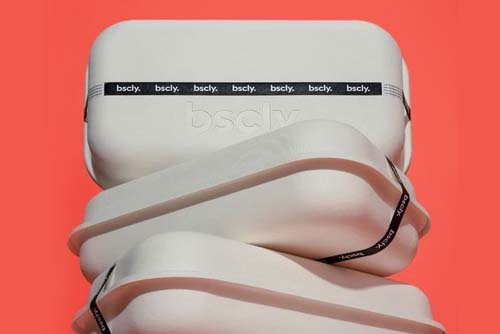
Source: Pinterest
Compostable packaging is the type that makes use of natural waste as the foundation in making flexible packaging solutions that don’t have any negative impact on the environment. What happens here is that clean waste is collected together then special addons like mushroom or cornstarch are added.
These two contained mycelium and algar, two substances that have sticky properties. The two tie all the other materials together to create a continuous sheet that can be beaten into a pulp, and with the addition of the right chemicals, sustainable and strong packaging materials can be made out of it.
The biggest advantage of this type of recyclable packaging is that it can be used many times, and once it has served its purpose, you simply return it to the compost, where it can be used as fertilizer for plants. The bottom line is, whatever you choose to do with it, it will still be absorbed back into nature without any negative impact.
Reusable and Returnable Packaging
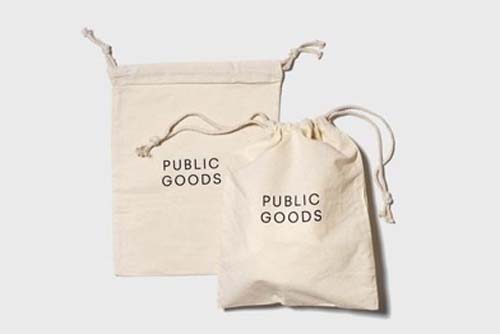
Source: Pinterest
There are certain kinds of very sturdy and durable eco-friendly packaging that can be used for so long to the point where you don’t need to buy new bags every time you head out for shopping. This used to be a common practice in the past, which got lost along the way somewhere and was replaced by quick and disposable plastic bags that quickly led to the problems we currently experience.
Reusable and returnable packaging is usually made using the combination of synthetic plastic and other natural materials like hemp, grass, bamboo, among others. All you have to do is carry them with you every time you go out to buy something, and once you are done with the shopping, you carefully store them in a safe place. This is very practical for grocery shopping. Once the bag has served its purpose, after a while, you can deposit it in recycling bins where they can be collected and taken in for recycling—killing two birds with one stone.
Mono-Materials
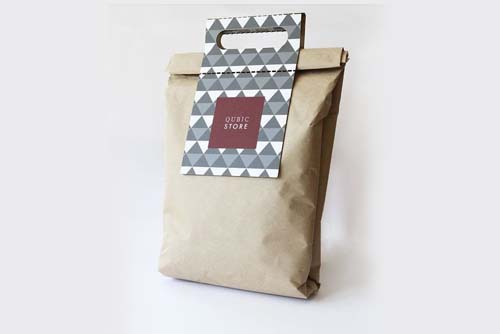
Source: Pinterest
The concept of mono-materials revolves around the idea that packaging materials are easier to manage and recycle if they are made using a single type of material. If it is paper, then the whole structure is composed of paper. When dealing with packaging materials created using different elements, you are forced to separate them during recycling to avoid compromising the structural integrity of the resulting products.
With mono-materials, however, you only need to deal with one material, which saves you the time you’ve wasted in sorting it out, the energy needed to get things ready, and the cost of the whole operation. The concept of mono-materials has made recycling a very viable option since now flexible packaging industries can focus their efforts on crafting mono-materials for packaging so that when the time for recycling comes, the process becomes easier for those involved.
Edible Packaging
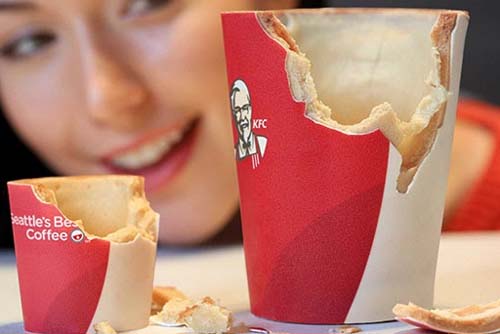
Source: Pinterest
How about bypassing the whole flexible plastic recycling process and just eat through your waste and simply forget about it? There’s actually packaging out there used for food products that allow people to eat the packaging materials once they are done with what is inside.
The most famous example of this innovative process has been the eggnog that you can drink using a Loliware cup, which can then be eaten afterward. These cups come in varying flavors and have been a major hit with a majority of people in places where they have been unveiled.
The stumbling block to these flexible packaging materials would be coming up with a material big enough for heavier products. There’s also contamination concerns; packaging is meant to protect food from contamination, but if you were to eat the packaging too, what protects it from the same contamination. Edible packaging is definitely a tough call at the moment, but it is something that’s viable for the foreseeable future.
Conclusion
As the battle to save the planet is increasing by the day, recycling appears to be the best option left for most manufacturers as the rules and regulations set up to deal with plastics continue to close in on them. There’s enough technology to make this happen, and already, there are some ideas that have already been implemented. If you would like to learn more about sustainable packaging solutions, visit our website and talk to some of the best experts in that area, who will address all your concerns and questions.

